SPACE AND PROXIMITY
dealing with the physicality of a border
as it relates to distance,
the private and the public space,
the internal and the external.
LIMEN is a project by:
Accademia Unidee - Fondazione Pistoletto
BEAR - ArtEZ
Puck Melk, Collective subtle
Puck Melk
COLLECTIVE SUBTLE
My project deals with how we, humans, experience and deal with time. Time as an opportunity and boundary in one. As humans we like to have control over things. But do we have control over time? Or does time has control over us? I began my research through reading about the physics of time. This contains for example black holes, worm holes, event horizons, doppler effect and redshift, the special relativity theory, and information about space-time. Then I started to make paper works that represented the process of the theory that time slowly slows down through the expansion of the universe wherefor space-time will expand too. While I made this, I was thinking about small discreet things of which you couldn’t perceive if they were going forward or backwards. I made some sound recordings, counting and saying things that have to do with time, slowed them down, speeded them up, reversed them and so on. I also tried to count backwards as in “eerth owt eno”. When reversing this, it will say “one two three”. As a spectator you would perceive something normal, while it didn’t happen that way. Working on this, I wanted to try this with the media film as well. But then I got a little bit stuck. Then I took a side step and came up with an idea about my presentation of my work. You have to know that I am in precautionary quarantine, because the coronavirus can probably cause more damage to my health. Being at home for so long is a huge physical boundary. I wanted to use this boundary instead of fighting against it. So I decided to present my work on the windows of my house which face my backyard, so all my neighbours of the block, of which I live in, would be able to see it. I wrote short letters to my neighbours wherein I ask if they want to film my video from their position and send it to me. From these videos I will make a compilation, which will be my end work for now. How many videos I will receive is a mystery. After getting stuck I got the idea to film tap water running down into the well and reverse this. The interesting thing about seeing the water running up, is that your brains trick you and see the water running down. So the time and the act are reversed, while it isn’t obvious to see that. It’s a subtle change, but we aren’t aware of it, if we don’t know it. With this video I try to question if we can trust on time, whether we can control time or not, time being how we think time is.
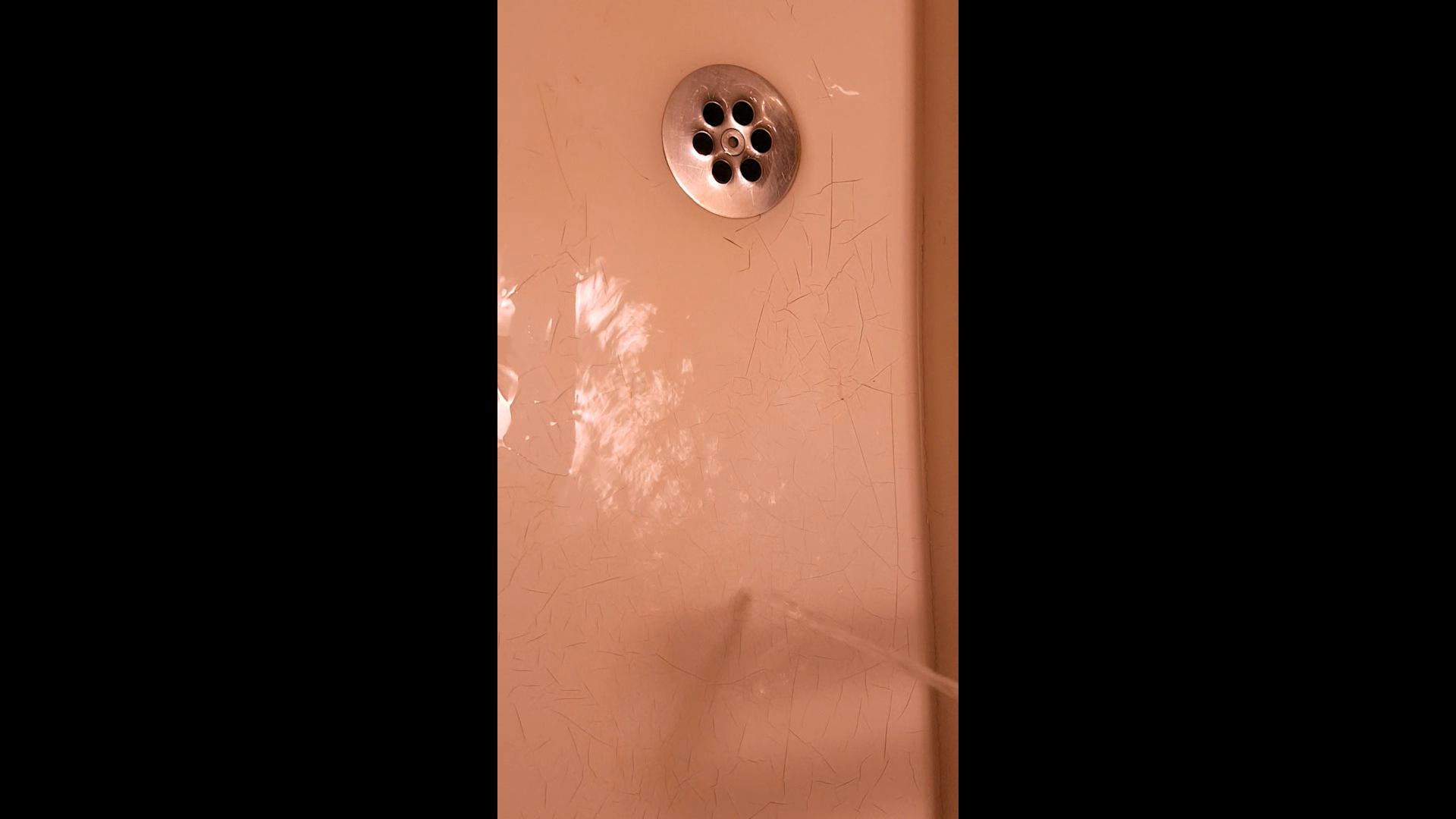
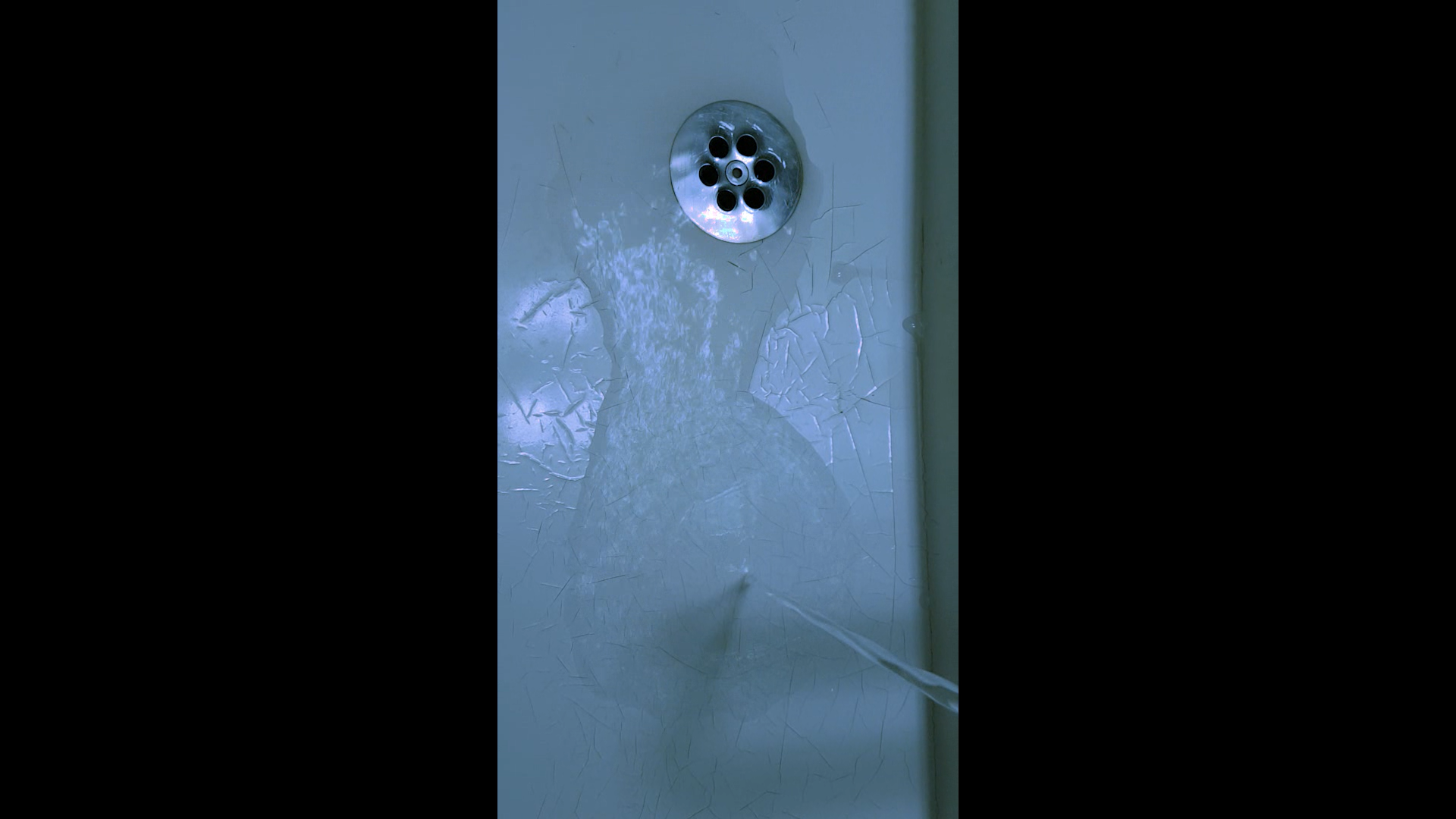
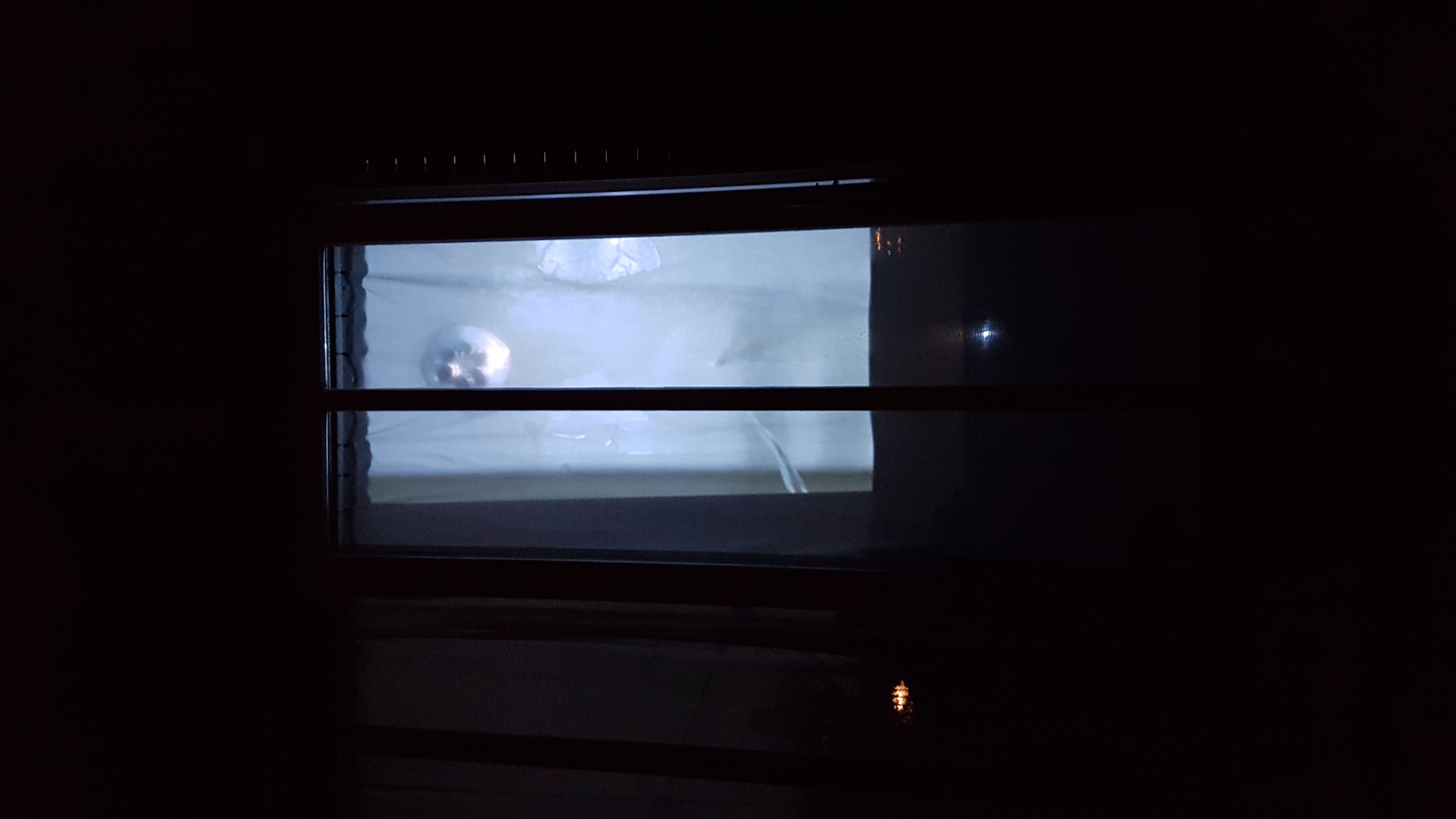
Levi Overvest, Non presence
NON PRESENCE
Levi Overvest
I started out this project with the idea of creating a sort of cultural trade route from Arnhem to Biella by mailing stuf from here. Thus my research question was "if I share enough from here would the other side feel the urge to send something back". Michele pointed out the tradition of mail art to me. So I started to make sigar boxes with little stories in them I would than send to Biella by mail. These little stories being things I would show them if they where to visit Arnhem. Things like my family or historical and cultural sites. I expressed these things in graphic work and than sending them the templates instead of the actual prints. In this way I wanted to give them my side of the experience. Unfortunately this project for me didn't had the potential to develop in to more than that it was. For me this potential is very important in my work because I want it to grow while I am working on it. This in combination with the uncertainty that I might not get back a responds made me a bit stuck with this project. Luckily it was at this point that Vittoria contacted me because she was also working with the concept of mail art. We agreed that I would participate in here project writing here a letter like I was here. After this was done I went to copy the letter to have a copy of it here as wel. By doing this I noticed that I could tear the copied letter and put it back under the copy machine. In this was I created a new material for myself to work with. I now collected all the material I had created for the project so far, the prints, sigar boxes, news paper collages and the letters, and made them in to a big collage. I felt I could sculpt these papers to create something new. I started to work with tings that where in my studio. I have been working on these "non presence" things for a while now, sculpting by appropriating common household things. This "person" has become a sort of representative for the other person. Like I "made up" Vittoria by the little impressions I had from here, I also made up this receiving end of the mail. In the end I integrated the colages as a sort of shirt under the jacket. And by rippling it I gave it some sort of texture and feeling of "usednes".
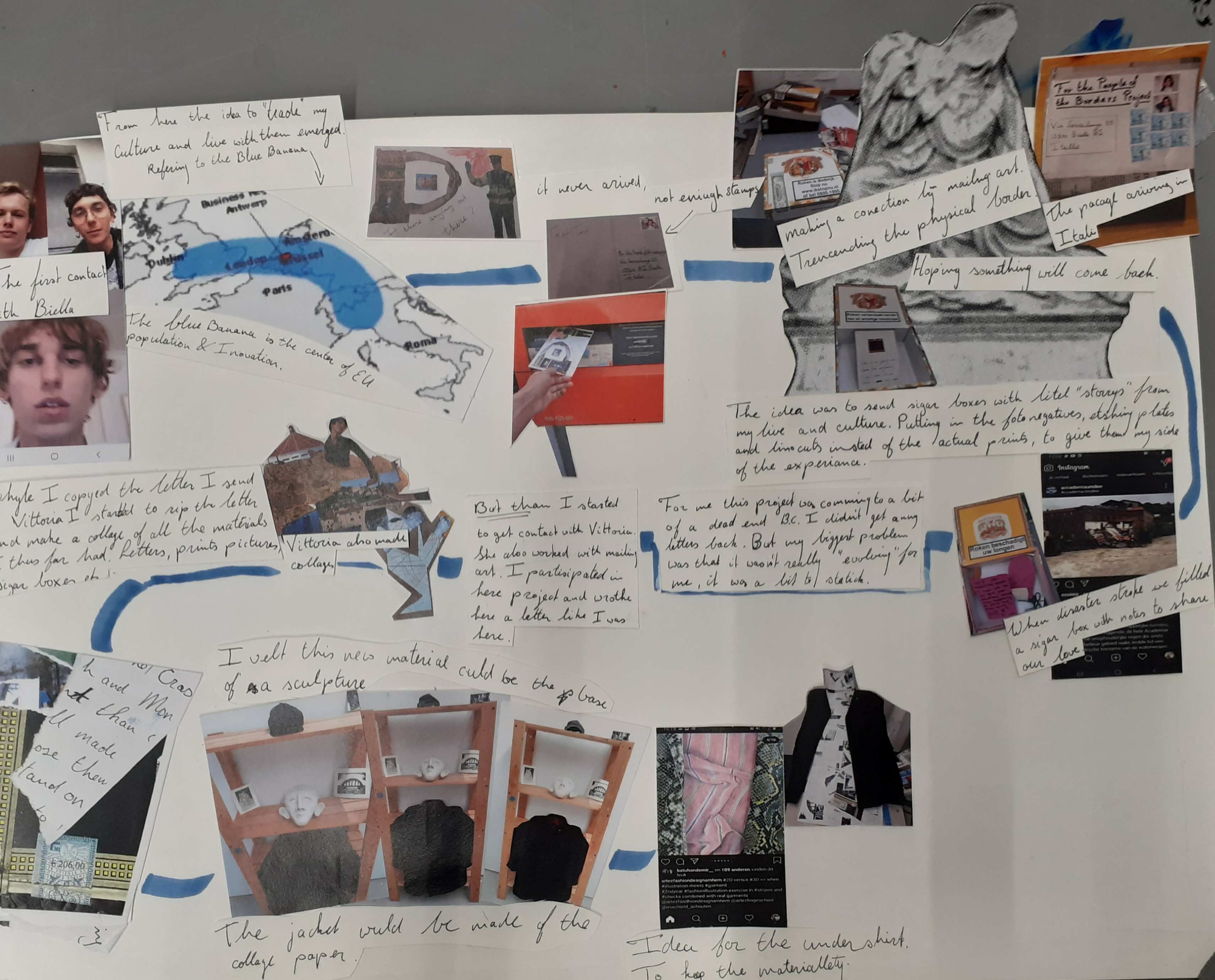
Frida Berntsen, Blueprint of Matter, Blueprint of Mind
BLUEPRINT OF MATTER, BLUEPRINT OF MIND
Frida Berntsen
In my work I research objects as symbols for personal relationships. What they do, how they interact, how they are actors in our lives that make value tangible.
For my birth I received a quilted baby blanket from my grandmother. When my mother first looked at it, she immediately knew: this you will never dare to throw away. Due to the time, love and attention put into it, it transcends its mere market or material value. During my time in art school, this story had become a leitmotif in my work. From here I have been exploring how objects can function as symbols in our relationships, through working with the medium of housework (huisvlijt). In working with this, the materialist concept of nearness is central. What does it mean to be near something?
During this project I have been focussing on the border between the private and the public, and the border between art, design, huisvlijt; or as Michele put it, decoration. In this process I've been making items of decoration. Some I have made myself, such as a series of tablecloths and wallpaper, others I have bought to set a domesticated scene in the public art space of our exhibition. The wallpaper becomes a frame for cyanotype prints of curtains, where I caught the empty space of the curtain. The wallpaper is white on white, braille like, with a 3d print of this curtain. I like the idea of my works coming into being whilst looking at them, that you understand them better whilst looking closely.
A prominent question in my research has been: When is something intimate and near, and when is it the opposite? The works can, as Melanie observed, look as though the people have left it, nostalgic, lonely. Perhaps it is time to let people or figures back into my work after this project.
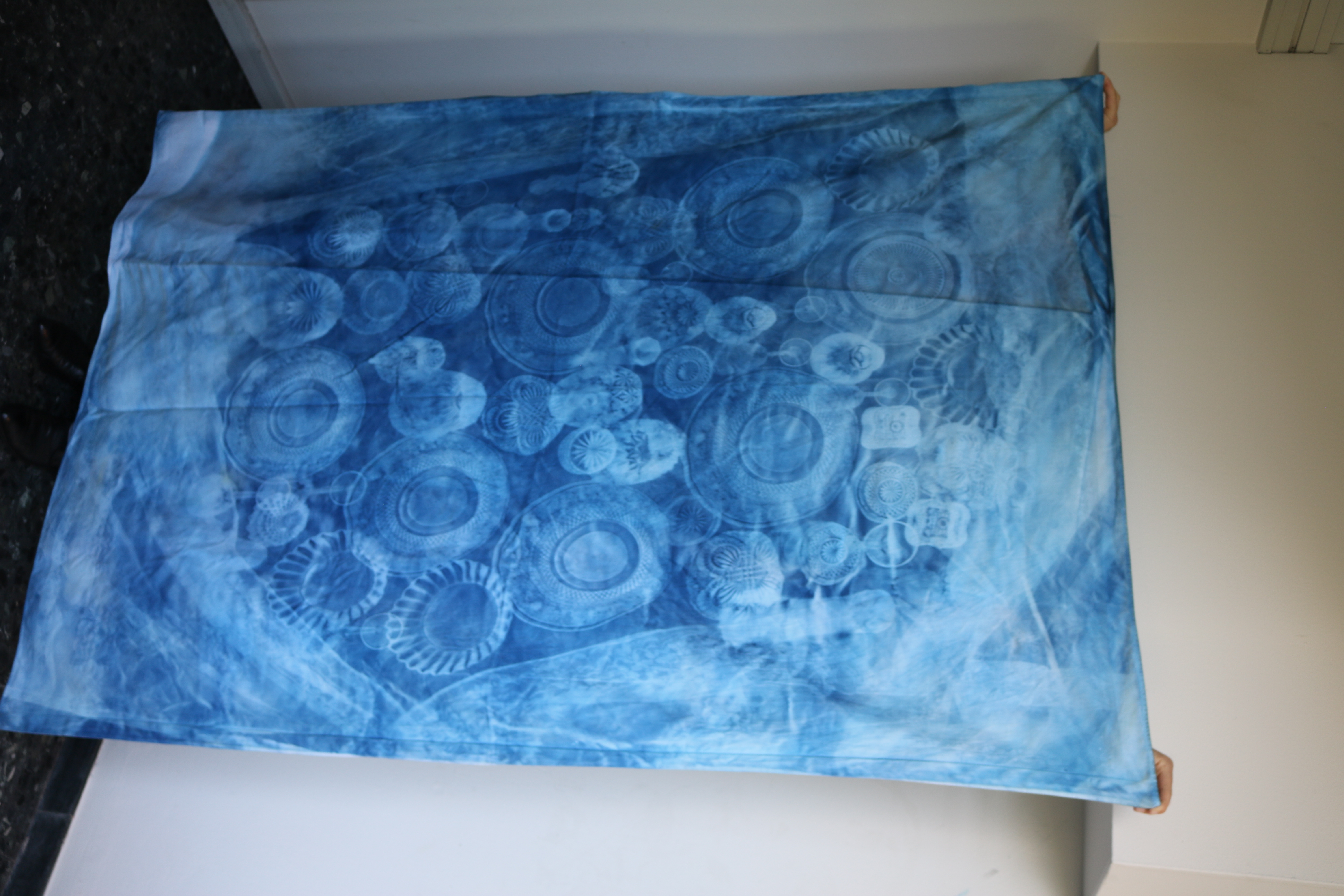
Elisabeth Pfeifauf, It's raining outside
IT'S RAINING OUTSIDE
Elisabeth Pfeifauf
It was a hunch.
A feeling.
Not ready to become words yet.
But an image formed
My fingers started tingling
So I made.
I created something
What was I trying to do?
Every time I look t it, it changes
What do I try to communicate?
How Can I even say something without knowing the words.
I cannot speak.
I cannot write.
The more I try to have a clear thought it slips away.
I front of me is what?
Never finished thoughts
unconscious hand movements
Creative vomit
I cannot even communicate with myself
We talk about borders and boundaries.
So is that my border?
Have I become so enclosed in myself that others will always be outsiders to me?
Am I a boy in a bubble?
Will I ever leave my hermit kingdom even if its raining outside.
I have a collection of bits and pieces.
Can they be put together?
What will they say?
Will they say anything?
I don't know.
Livia Baldini, Water as a border
WATER AS A BORDER
Livia Baldini
My research wants to explore the concept of Water as a Border.
Water as a dynamic border, looking through that in different perspectives, one as a Phenomenon: the physical issue of being a dynamic border. And the other as Interpretation: understanding and analyzing how it could be a rhetorical of colonialist and political power above water.
As an inhabitant of Venice, I decided to start the discussion with the high tide of November 12, 2019, as a fact that got the attention of all the world in the sense of how the media was dealing with it as a headline and the amount of donations of money the city received. I also wanted to explore the physical high tide of Venice as an example of how the media is very selective in their approach.
As part of this research process, I did research using a website platform called floodlist.com where I could collect news about all floods around the world between the end of October 2019 and November 2019 and I produced a simple map locating them in the world.
My mind became full of questions like: why does Venice receive so much attention and a place like Borno in Nigeria where the flood has affected around 40.000 people, leaving them with little or no access to food or services, does not receive that kind of attention and the same aid as Venice? How physically was that effect? What is the reaction of nature through climate changes to it? What were the emergency solutions for those places?
The idea of this research is choosing a few different case studies between all the floods of this time frame between October and November 2019, and do some comparative analyses of different factors in each place.
However, this decision of the project was taken on Thursday, October 1, 2020. Then, during the night of Friday, October 2, 2020 Cittadellarte in Biella was flooded, which affected all of us in an emotional sense and the Fondazione Pistoletto also in the physical sense. I will review the time frame of my research and create other criteria to include Biella and Cittadellarte as part of the research.
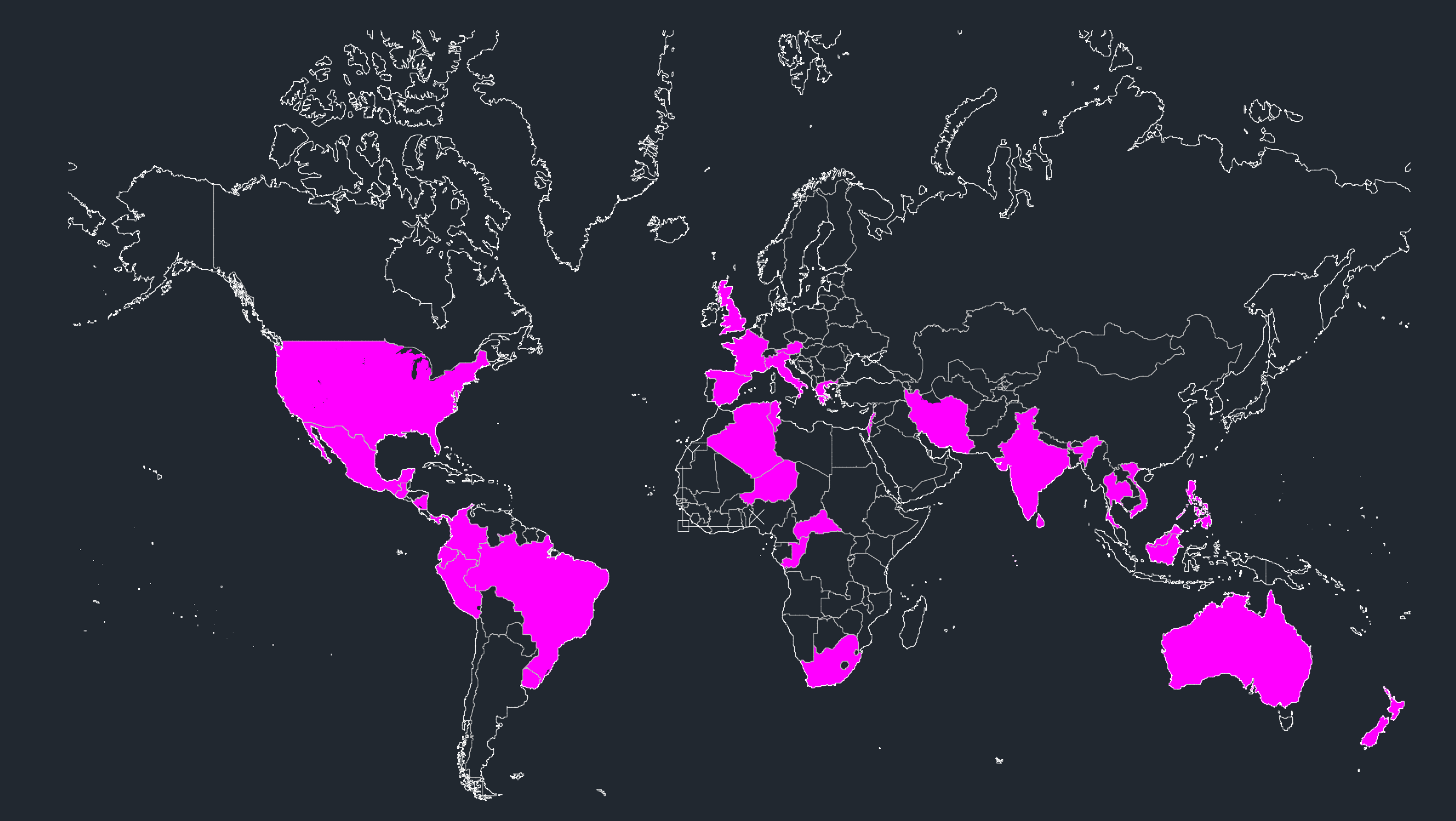
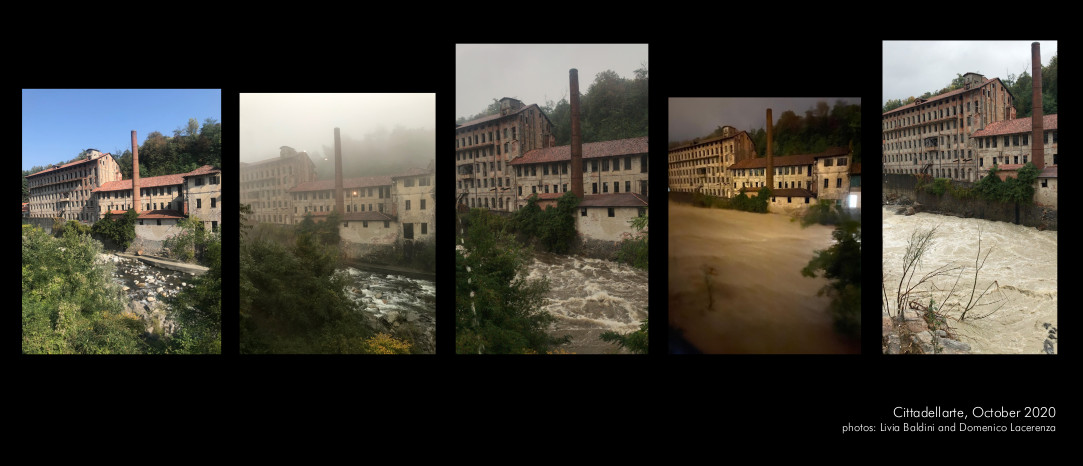
Emma Moriconi, A not-so-distant past
A NOT-SO-DISTANT PAST
Emma Moriconi
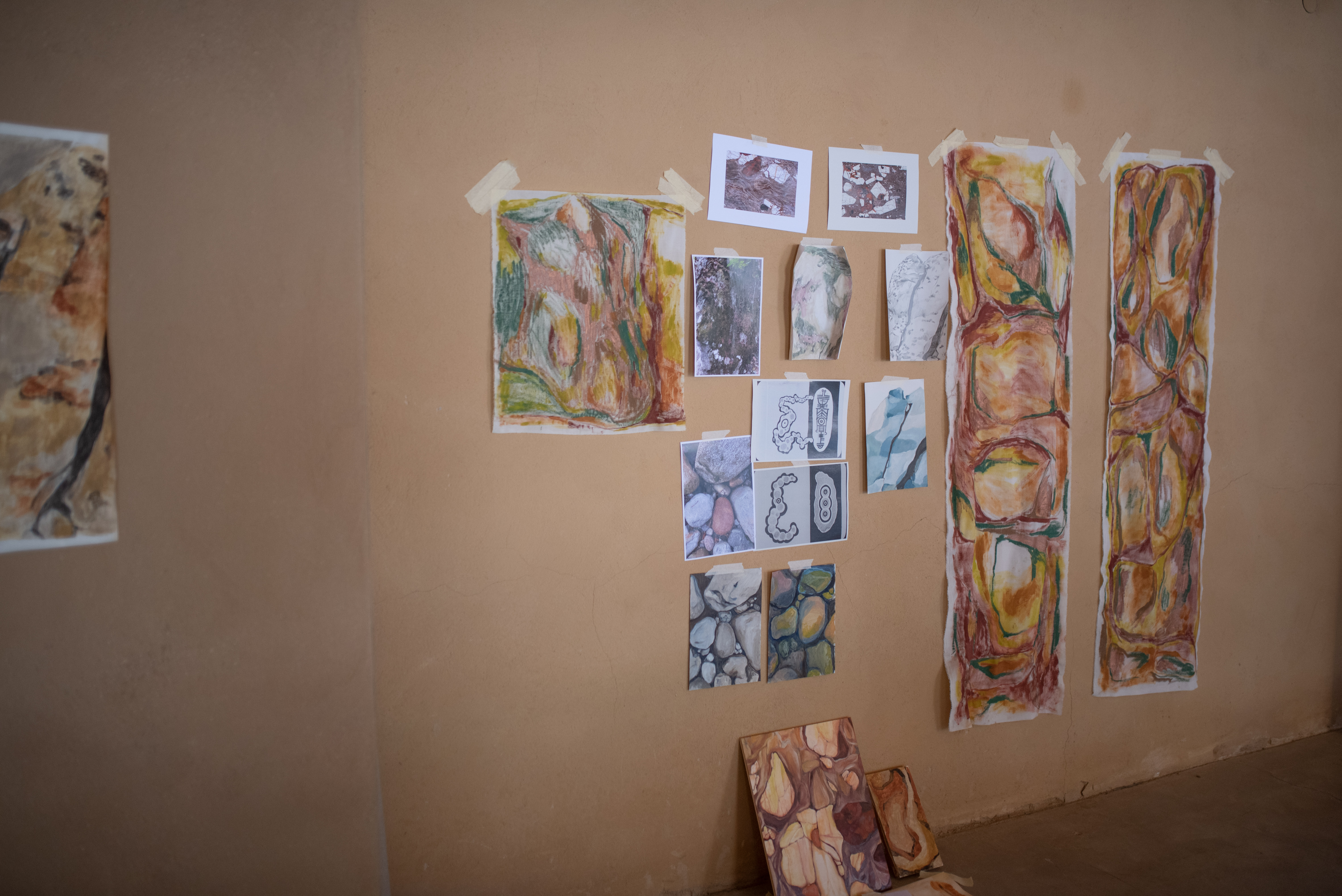
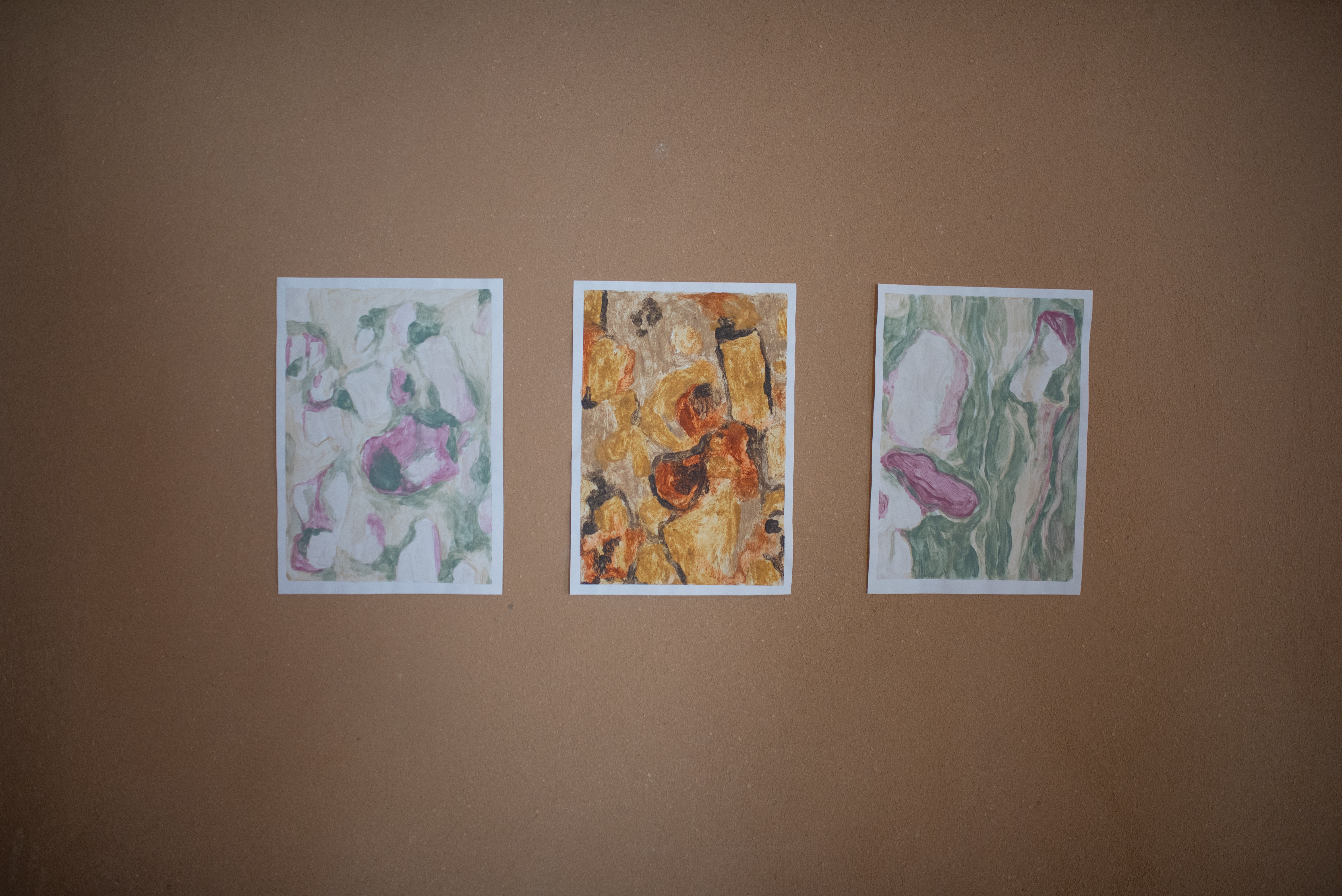
What are the boundaries between our present ecology, the geological past, and in what ways do we come to know the world around us? Not only where we are but how we got here? I pay particular attention to the microbiological elements that make-up our physical surroundings, landscapes and geological terrains. What are these overlapping geographical and geological temporalities specific to Biella, Piemonte, and to the Western Alps? Today, continental collision is currently going on with the Apulian and European plates converging, resulting in a set of major fault zones collectively named The Periadriatic Seam – a distinct geologic s-shaped fault in Southern Europe, running 1000 km from the Tyrrhenian Sea through the whole Southern Alps to Hungary and dividing the Adriatic and European tectonic plates. The term Insubric Line is used to refer to the western part, few kilometers from Biella. Because of these tectonic features, the Alps host volcano-sedimentary basins and magmatism that formed millions of years ago.
The macroscopic appearance of rocks from this region can seem almost monochromatic and perhaps modest to the naked eye that cannot detect the complexity of microscopic crystals and minerals. There are overlapping temporalities embedded in these landscapes, in each and every rock and mineral a simultaneous geological past and present. These unique stones and minerals collected from the Oropa and Cervo rivers are primary materials in my paintings: red-toned rocks then crushed into powdered pigments. I have used natural earth pigments from Matteobrioni, colors traditionally used to paint buildings interiors and exteriors. I decided to also use natural cloths and textiles as painting surfaces in order to paint directly with Phillacolor natural dyes composed of water from Aosta Valley aqueducts and plant-based raw materials, such as leaves, flowers, barks, roots, berries and spices.
We are not only deeply connected to the present ecology, its geographical and geological origins, but to its future. I believe the million-year old geological remains help us understand that we are not so separated from our distant past if we explore the macro and micro scale relationships. Human and non-human connections are fundamental within the environment and in studying the process of our changing earth: the processes of life and of behavior, the correlations between the past, the present, the geological and geographical. There is no clear border of where one processes ends and the next begins, but I hope to provide new ways of perceiving the land, the earth and the environment we presently live in, live on, and live from.
Amber van den Heuvel, Milan van der Stouw and Yip Stals, De Posbank Binnen
Felix Schmale, Reflections on Photography
Douwe Wijnhoven, Constructed Boundaries
CONSTRUCTED BOUNDARIES
Douwe Wijnhoven
I started out this project by researching social and cultural boundaries. In my research i came to the conclusion that there are certain boundaries which are natural, and certain boundaries which are man-made or ‘constructed’. I read about a research about this subject conducted on young children. The idea behind this is that young children haven’t undergone a lot of socialization, and therefore are still somewhat free of these ‘constructed boundaries’ and only know the boundaries which are natural. I thought this idea was really interesting; people who have undergone socialization looking back at children to find out if the boundaries they know/practice are actually a good or a bad thing. This also got me thinking about how when you grow up, you gradually develop more and more social, or maybe cultural, boundaries.
For that reason i wanted to ask two questions in my work: Are these ‘constructed’ social boundaries a good or a bad thing, and if they were a bad thing, is it easy, or even possible, to get rid of these boundaries?
To portray this idea of gradually developing more boundaries i decided to make a Plinko carnival game; A game where you put in an object, and by hitting various pins it semi-randomly ends up in one of four different slots. You could see the object getting dropped in as a child, or someone going through life, and the pins as certain events or statistics that determin in between which boundaries the object (person) will end up.
Apart from portraying this idea, i also wanted to ask a question with my work. Thats why i decided to use four breakable glass vases as the slots/boundaries the object will end up in, and present some hard wooden balls the viewer could throw at these vases to destroy them, which is sort of like a carnival game as well. I want to invite people to think about whether they want to destroy these vases or not. In other words if they would want to get rid of these boundaries or not, and if so whats stopping them.

De Posbank Binnen
Amber van den Heuvel
The central theme that we came up with when we started with the project are the bounderies with the physical and the mental. We were doing a lot of yoga together, and we noticed that our physical boundaries are partly determined by our mental bounderies. This was the starting point for our first experiment were we tried walking through the city in a straight line. We discovered that indeed a lot of physical boundaries were easier to overcome than we thought, but we also discovered that all the boundaries that we came across are man-made boundaries. We started reflecting on this subject. The key words that we came up with were: self-restrictions, ignorance, comfort zone and human borders/natural borders. We noticed that too much thinking isn' t working well for our brains. So we just started creating some things that we like. We put our trust into finding a connection between the material outcome and the subject-matter. Milan started with making paper screens, Amber with shooting a zen video, and Yip with experimenting with sound. We decided to combine the video and the paper screens because of the serene and calm effect this gave. After this we looked back at our thinking process and tried to see what elements returned in the physical work. This brought us to a few last steps in finishing up the installation.
Milan van der Stouw
Yip Stals
REFLECTIONS ON PHOTOGRAPHY
Felix Schmale

At first, I had the idea of realizing a visual project during the ten days of my stay at Cittadellarte but after a few days I came to the conclusion that this was not the point of this residency. It was more about (re)directing my own practice and reflecting on it. To not only reflect on the medium of photography but also about the approach.
After a few days of reflecting about my practice, as a photographer, I realized that there as a certain value of photography. For me photography is at first a tool to document, but not only to record my reality but also to comment on my reality.
For me there need to be a beginning and an end of the research at the end of it there needs to be a finished
work. Seeing the practice as a process and that as the work did not work for me.
On the evening of the flooding and the evacuation of the foundation I realized again that there is this value in the photographic practice to preserve "something". The "something" considered as a condition of a certain society-construction and preserve "something" for this society-construction. Kind of preserving my yesterday for my tomorrow and also sharing that with a broader audience.